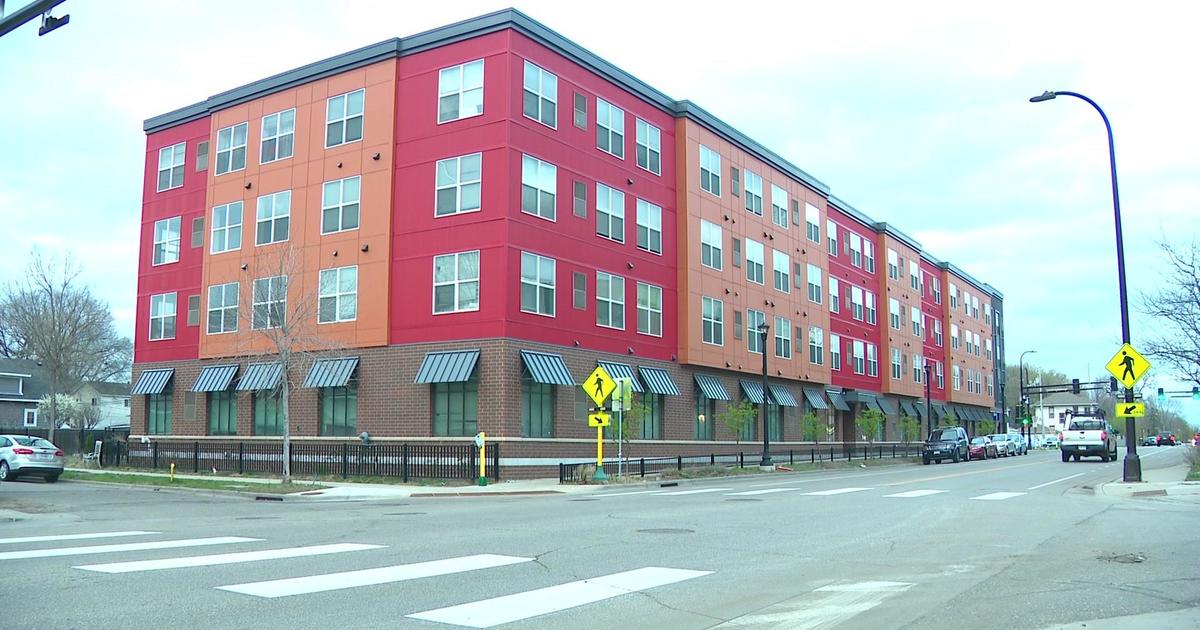Finding Minnesota: North America's Largest Buddhist Temple Sits South Of Twin Cities
HAMPTON, Minn. (WCCO) -- Did you know our state is home to the largest Buddhist temple in North America?
It's in Dakota County, and over the weekend, people from around the world gathered to celebrate a number of milestones.
In this week's Finding Minnesota, we traveled to Hampton and found out why the temple has become a destination for Buddhists, and even non-Buddhists, around the world.
"A lot of people drive by and are like, 'Oh, wow,'" said Chanda Sour, a temple member. "Never knew this place existed."
The giveaway is the gold rooftops that tower high above the Minnesota tree tops. And as you drive through, the world around you transforms from the Midwest to Southeast Asia.
"When people come and visit, I say, hey, we just saved you $2,000 to $3,000 taking a flight to Asia. Asia is right here with you," Sour said. "It's not Hampton, New York. It's Hampton, Minnesota."
It's a slight difference, but there's a good reason why the largest Buddhist temple in North America was built here in 2007. Cambodian refugees like Sour began arriving in the 1970s and 80s.
"I couldn't speak a word of English," Sour said. "I was a refugee kid. The first American food I had was a bowl of Cap'n Crunch cereal."
Since then, the number of Buddhists in the Twin Cities has grown by more than 80 percent. It was decided more space was needed, so with the help of donations and volunteers, a new temple called Watt Munisotaram was built away from the cities.
"It's peaceful here. The community has welcomed us quite well," Chanda said.
Being welcoming is an important part of this religion.
"The way you look, the way you smile, intelligence and so on. It's the fruit or the result of the action you did in the past," Venerable Moeng Sang, head monk of the temple said.
The Venerable Moeng Sang took his first steps toward becoming a monk when he was a teenager in Cambodia. When the temple opened in Dakota County, he was one of six monks who came to live here permanently.
"It doesn't matter where we stay as monks--cold, hot, whatever. It depends on their mind," Venerable Moeng Sang said through a translator.
Possessions like clothes and money are not important to monks. They live off donations, keep their hair short, wear robes and meditate--sometimes for up to eight hours a day. The ultimate goal is to achieve nirvana, which is a state where desires and suffering fade away.
"In order to follow Buddha's advice, we have to practice on a daily basis. We have to do 'sila,' meaning you have to do good things," Venerable Moeng Sang said.
It's a way of life that Penelope Lovejoy has bought into.
"I was actually on a motorcycle ride and my friend said, 'Hey, I think you'll enjoy this place,'" Lovejoy said.
Lovejoy isn't Buddhist, but a Sunday stroll on a motorcycle turned into intrigue, and now she's a regular volunteer.
"I was so happy that there was some place I could go to outside of my world to meditate and be peaceful," Lovejoy said.
Meditation can happen in the Stupa, surrounded by thousands of mini-Buddhas that hold ashes of loved ones. Or in the temple, surrounded by the story of Buddha. They aren't necessarily looking to recruit members, but they are willing to enlighten others.
"We want to share our culture, our Buddhism faith. And if you like to learn, great. If you don't that's okay. Just come and learn about us and enjoy who we are," Sour said.
The Buddhist temple holds a number of celebrations each year. During those celebrations, monks will come from as far away as Cambodia and Laos.



